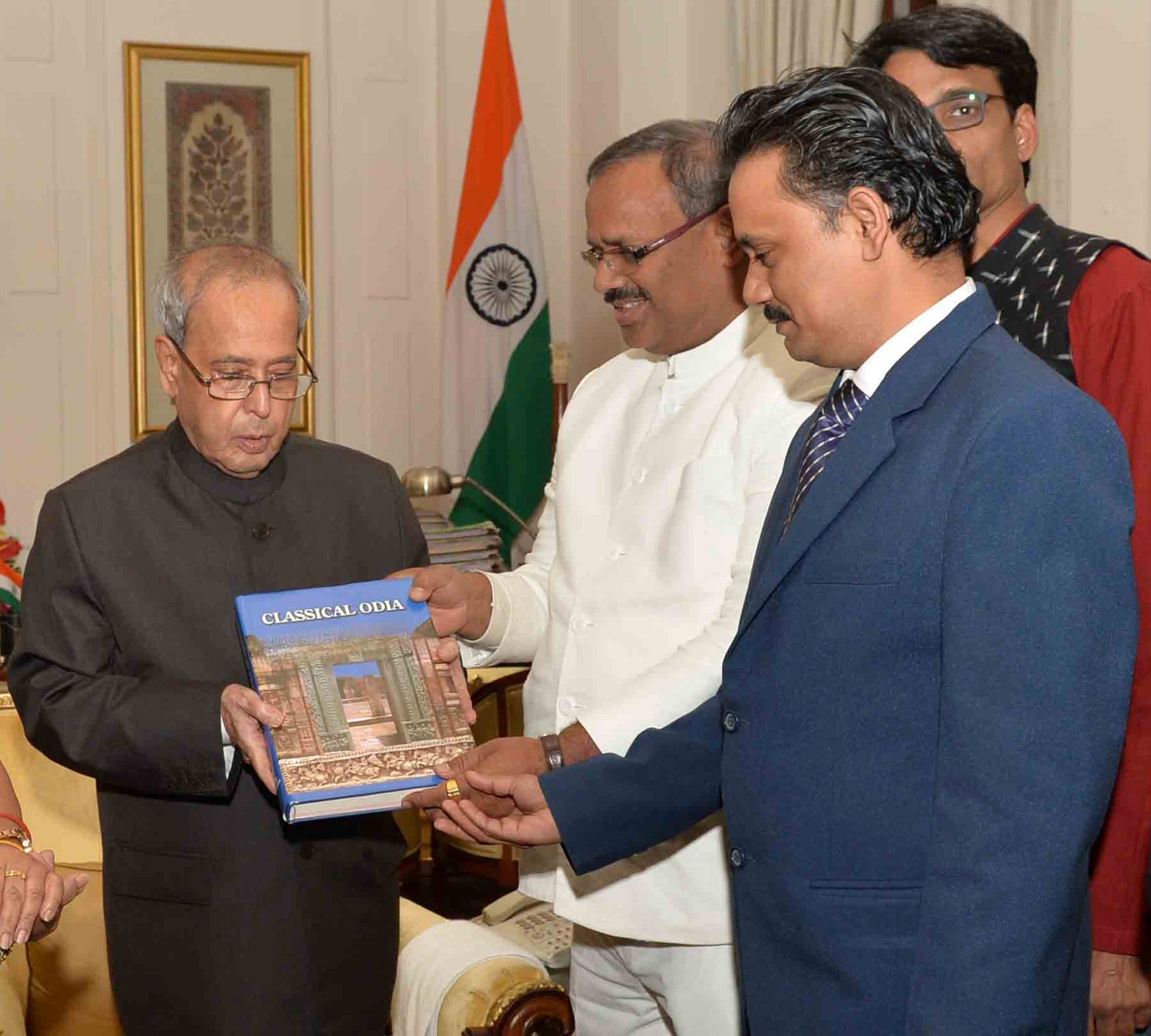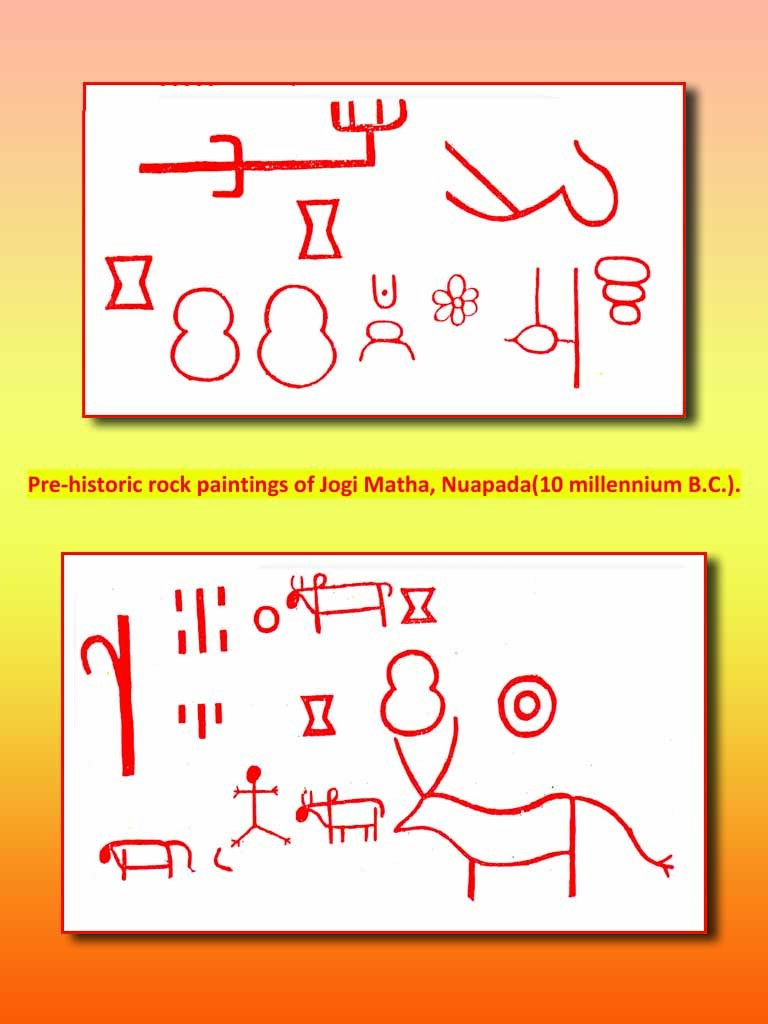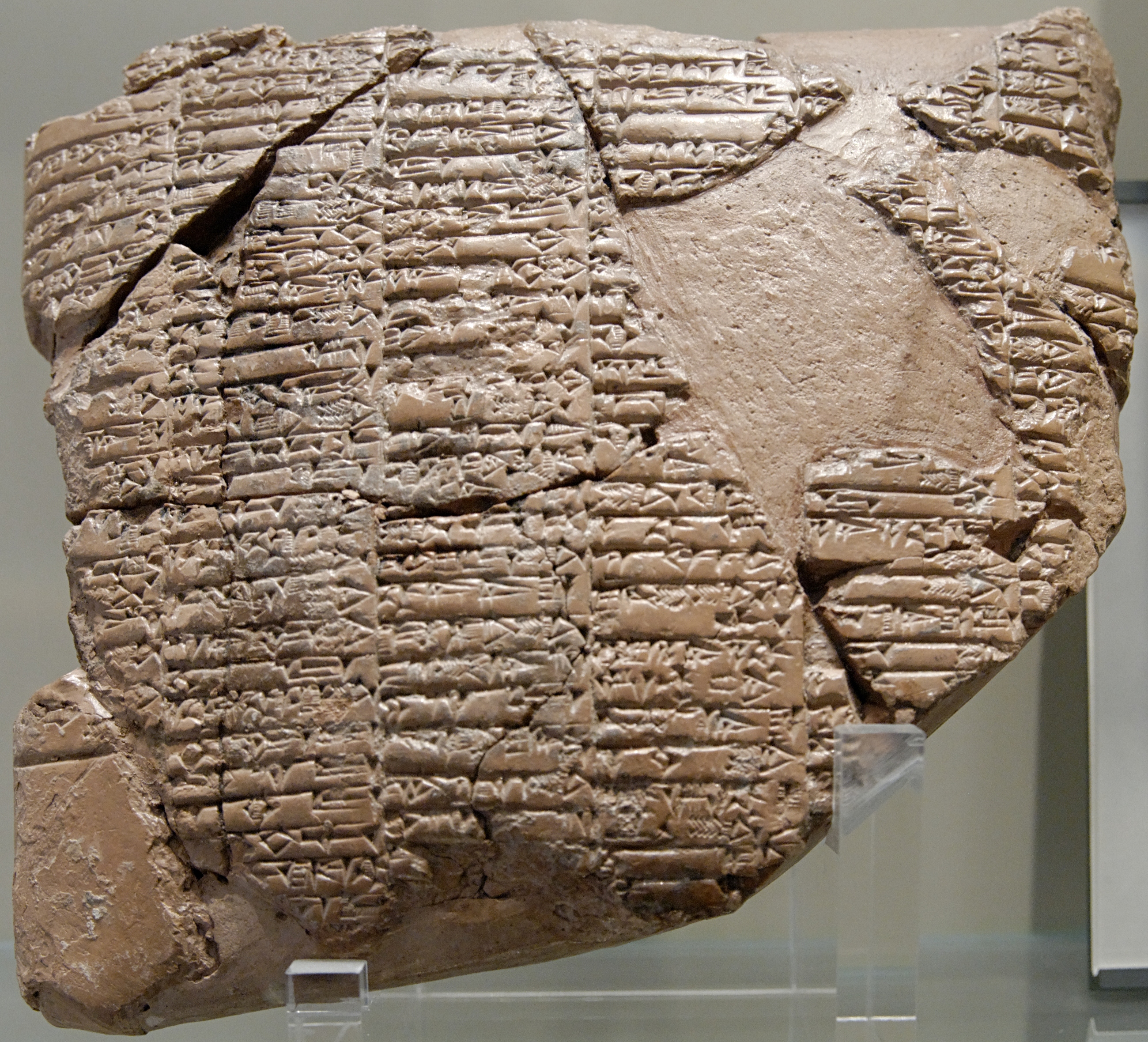|
Subrat Kumar Prusty
Subrat Kumar Prusty (born 1976) is an Indian Odia-language scholar, activist, social entrepreneur, literary critic and author. He is Member Secretary of the Institute of Odia Studies and Research, Bhubaneswar, Odisha. He was instrumental in preparing the research documents, advocating the awarding of Classical Language status to Odia, forming Central Institute of Classical Odia, Odia University and implementation of the Odisha Official Language Act, 1954. He was awarded the Presidential Certificate of Honour and Maharshi Badrayan Vyas Samman – 2019 for Classical Odia. Early life and education Dr. Subrat Kumar Prusty was born the third son of Late Rajkishore Prusty and Indumati Prusty in the village of Bidyadharpur, near Jajpur Town, the oldest capital of Odisha situated on the banks of Budha, a tributary of the Holy Baitarani. After his schooling at Sudarshan Padhi High School, he chose to join N.C. College Jajpur (then affiliated with Utkal University, where he did his ... [...More Info...] [...Related Items...] OR: [Wikipedia] [Google] [Baidu] |
Institute Of Odia Studies And Research
Institute of Odia Studies & Research (IOSR) is a Language research Institute. The mission of the institute is to develop Odia Odia, also spelled Oriya or Odiya, may refer to: * Odia people in Odisha, India * Odia language, an Indian language, belonging to the Indo-Aryan branch of the Indo-European language family * Odia alphabet, a writing system used for the Odia languag ... as a language of knowledge as well as of development. It is working for the establishment of a Central Institute Of Classical Odia as well as an Odia Biswabidyalaya. During the past ten years the institute has organised discussion groups, state and National level seminars and Conference. Research work IOSR has always been a priority to Research for human development. In this Regards, IOSR organising National level seminars and conferences before deciding on which research to be done, and seek the advice of experts. For the past 15 years, the institute has been conducting about 15 national level seminars a ... [...More Info...] [...Related Items...] OR: [Wikipedia] [Google] [Baidu] |
Yogimatha Rock Painting
Yogimath is situated in Nuapada district at a distance of about 9 km from Khariar western Odisha border area and 67 km from Bhawanipatna of Kalahandi District. This place is famous for its neolithic cave paintings. In Yogimath caves the paintings are drawn by red paint over rock surfaces. The most significant pictures are of a bull followed by cow, calf and a man indicating the domestication of animal by man and agriculture. The past glory of this place is still unexplored. Near Yogimath, there is a mountain named Risipiti which is well known for producing clear echoes. History On the basis of art style, colour composition of the motifs, the paintings can be dated to the Mesolithic-Chalcolithic periods. The paintings at Gudahandi of kalahandi may be placed about 15th millennium B.C., but those at yogimath are somewhat of later period and may be assigned to about 10th millennium B.C. The painting are largely disfigure by human vandalism and superimposition of ritualistic sy ... [...More Info...] [...Related Items...] OR: [Wikipedia] [Google] [Baidu] |
Writing System
A writing system is a method of visually representing verbal communication, based on a script and a set of rules regulating its use. While both writing and speech are useful in conveying messages, writing differs in also being a reliable form of information storage and transfer. Writing systems require shared understanding between writers and readers of the meaning behind the sets of characters that make up a script. Writing is usually recorded onto a durable medium, such as paper or electronic storage, although non-durable methods may also be used, such as writing on a computer display, on a blackboard, in sand, or by skywriting. Reading a text can be accomplished purely in the mind as an internal process, or expressed orally. Writing systems can be placed into broad categories such as alphabets, syllabaries, or logographies, although any particular system may have attributes of more than one category. In the alphabetic category, a standard set of letters represent speech ... [...More Info...] [...Related Items...] OR: [Wikipedia] [Google] [Baidu] |
Nuapada District
Nuapada district is located in Odisha state in India. Nuapada town is the headquarters of the district. It has 1 Subdivision: Nuapada; five blocks: Khariar, Sinapali, Boden Block, Boden, Komna, Nuapada, Komna, and Nuapada. Nuapada District has 3 Notified Area Councils: Khariar, Khariar Road, and Nuapada; and 6 tehsils and more village like Gandabahali, Tukla, Hatibandha, Duajher, Bargaon, Odisha, Bargaon, Tarbod, Udyanbandh, Larka etc. Major cities, towns, and villages * Nuapada * Khariar * Khariar Road * Sinapali * Komna * Boden * Hatibandha * Tukula * Udyanbandha History The district of Nuapada was a part of Kalahandi district until early March 1993, but for administrative convenience, Kalahandi District was divided into two parts — Kalahandi and Nuapada vide State Government Notification No. DRC-44/93/14218/R dated 27 March 1993. Nuapada District now comprises one sub-division Nuapada, six tehsils (Nuapada, Komana, Khariar, Sinapalli, Boden and jonk) and five community ... [...More Info...] [...Related Items...] OR: [Wikipedia] [Google] [Baidu] |
Yogimatha
Yogimath is situated in Nuapada district at a distance of about 9 km from Khariar western Odisha border area and 67 km from Bhawanipatna of Kalahandi District. This place is famous for its neolithic cave paintings. In Yogimath caves the paintings are drawn by red paint over rock surfaces. The most significant pictures are of a bull followed by cow, calf and a man indicating the domestication of animal by man and agriculture. The past glory of this place is still unexplored. Near Yogimath, there is a mountain named Risipiti which is well known for producing clear echoes. History On the basis of art style, colour composition of the motifs, the paintings can be dated to the Mesolithic-Chalcolithic periods. The paintings at Gudahandi of kalahandi may be placed about 15th millennium B.C., but those at yogimath are somewhat of later period and may be assigned to about 10th millennium B.C. The painting are largely disfigure by human vandalism and superimposition of ritualistic sy ... [...More Info...] [...Related Items...] OR: [Wikipedia] [Google] [Baidu] |
Rock Painting
In archaeology, rock art is human-made markings placed on natural surfaces, typically vertical stone surfaces. A high proportion of surviving historic and prehistoric rock art is found in caves or partly enclosed rock shelters; this type also may be called cave art or parietal art. A global phenomenon, rock art is found in many culturally diverse regions of the world. It has been produced in many contexts throughout human history. In terms of technique, the four main groups are: * cave paintings, * petroglyphs, which are carved or scratched into the rock surface, * sculpted rock reliefs, and * geoglyphs, which are formed on the ground. The oldest known rock art dates from the Upper Palaeolithic period, having been found in Europe, Australia, Asia, and Africa. Anthropologists studying these artworks believe that they likely had magico-religious significance. The archaeological sub-discipline of rock art studies first developed in the late-19th century among Francophone scholars ... [...More Info...] [...Related Items...] OR: [Wikipedia] [Google] [Baidu] |
Classical Odia
Odia, also spelled Oriya or Odiya, may refer to: * Odia people in Odisha, India * Odia language, an Indian language, belonging to the Indo-Aryan branch of the Indo-European language family * Odia alphabet, a writing system used for the Odia language ** Oriya (Unicode block), a block of Odia characters in Unicode * Odia (name), including a list of people with the name See also * * * Odisha (other) * Orissa (other) Orissa is the former name of the state of Odisha in India. Orissa may also refer to: Places * Orissa Subah, a Mughal imperial province * Bihar and Orissa Province, a province of British India from 1912 to 1936 * Orissa Province, a province of Br ... {{Disambiguation Language and nationality disambiguation pages ... [...More Info...] [...Related Items...] OR: [Wikipedia] [Google] [Baidu] |
Maharshi Badrayan Vyas Samman
The awards of Certificate of Honour and Maharshi Badrayan Vyas Samman are Indian Presidential honours which are conferred on academics by the President of India once a year on the Indian Independence Day, celebrated on 15 August; in recognition of their substantial contribution in the various fields of languages including Arabic, Kannada, Sanskrit, Malayalam, Oriya, Pali, Persian, Prakrit and the Telugu language. The awards come under the umbrella of the language division of the Ministry of Education's Department of Higher Education. The award takes its name from Bādarāyaṇa, the founder of the Vedanta system of Philosophy, who wrote the Vedāntasūtra k.a. Brahmasūtra. Introductory years The Certificate of Honour for Arabic Persian and Sanskrit languages were introduced in 1958 and certificates for Pali and Prakrit were introduced in 1966. The Maharshi Badrayan Vyas Samman award was introduced in the 2002 for Arabic Persian and Sanskrit and also for Pali and Prakrit ... [...More Info...] [...Related Items...] OR: [Wikipedia] [Google] [Baidu] |
Elamite Cuneiform
Elamite cuneiform was a logo-syllabic script used to write the Elamite language. The complete corpus of Elamite cuneiform consists of over 30,000 tablets and fragments. The majority belong to the Achaemenid era, and contain primarily economic records. At Persepolis in 1933–34, 33,000 Elamite cuneiform tablets were found.Vollmers, Gloria L. “ACCOUNTING AND CONTROL IN THE PERSEPOLIS FORTIFICATION TABLETS.” The Accounting Historians Journal, vol. 36, no. 2, 2009, pp. 93–111 History and decipherment The Elamite language (c. 3000 BCE to 400 BCE) is the now-extinct language spoken by Elamites, who inhabited the regions of Khūzistān and Fārs in Southern Iran. It has long been an enigma for scholars due to the scarcity of resources for its research and the irregularities found in the language. It seems to have no relation to its neighboring Semitic and Indo-European languages.Starostin, George (2002) Scholars fiercely argue over several hypotheses about its origin, but hav ... [...More Info...] [...Related Items...] OR: [Wikipedia] [Google] [Baidu] |





